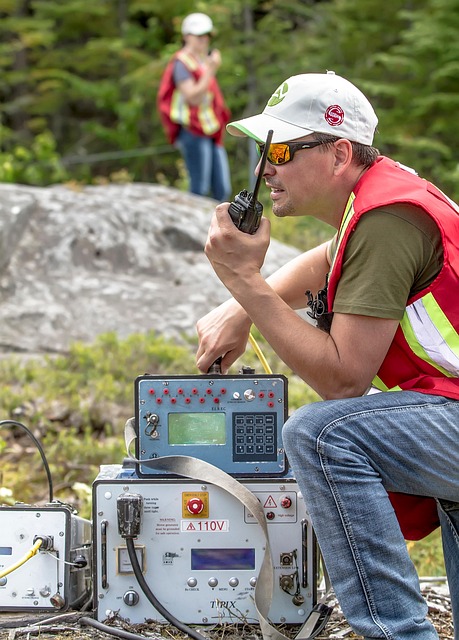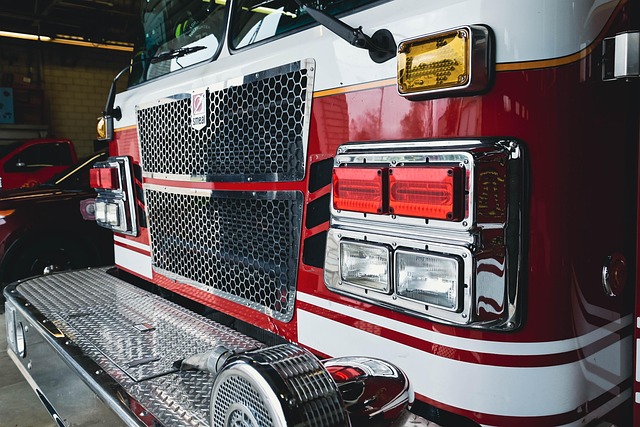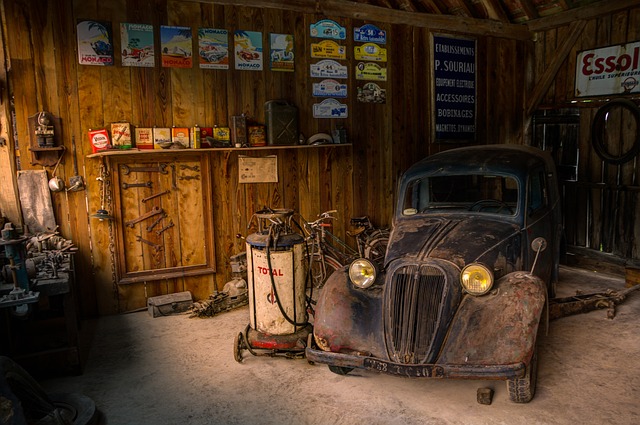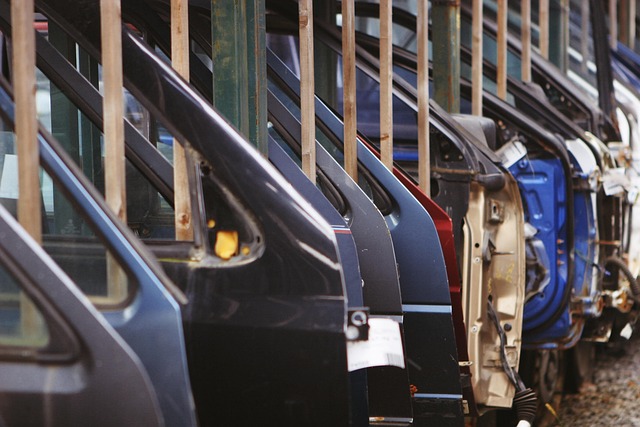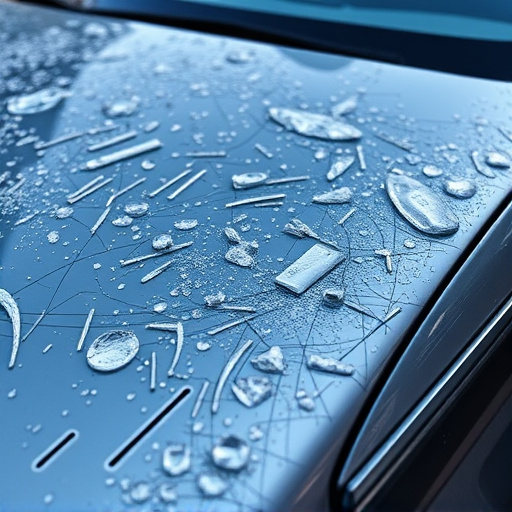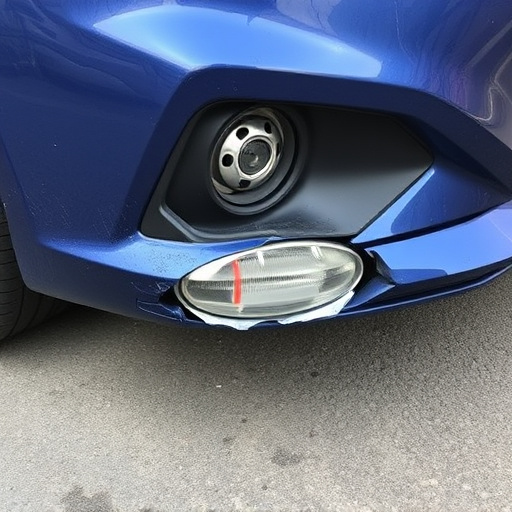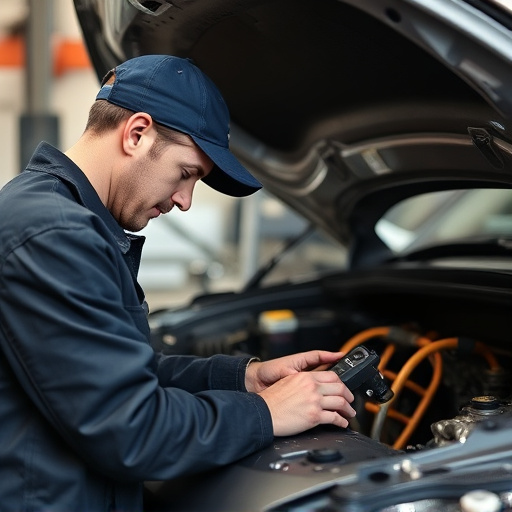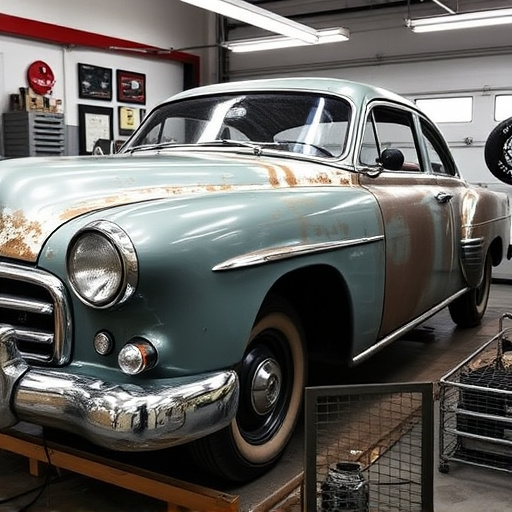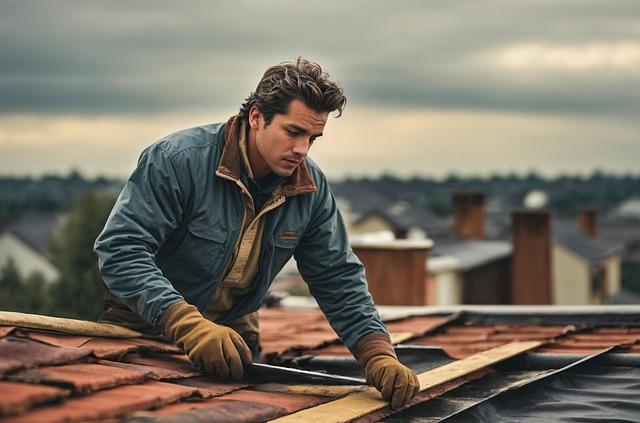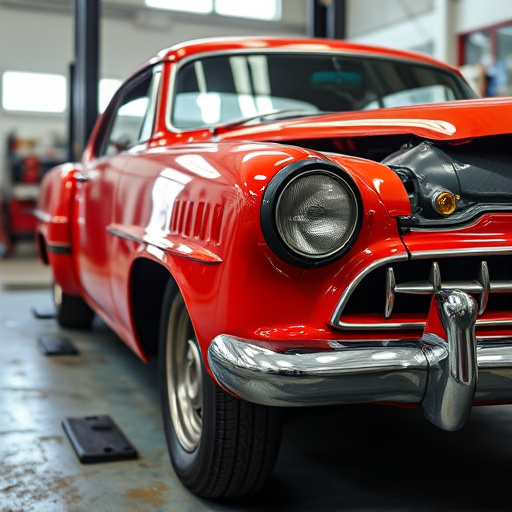A post-repair insurance inspection is a crucial step after auto bodywork or painting to ensure quality, structural integrity, and paint quality, restoring vehicles to pre-accident condition. Policyholders should schedule an appointment with their provider or inspector, bring relevant documents, and thoroughly inspect cosmetic and structural elements, documenting findings for future reference. This process safeguards both policyholders and service providers, ensuring accurate claim handling, vehicle safety, and adherence to industry standards. Proactive communication can overcome scheduling conflicts and disagreements for a smooth claims process.
Unsure how to navigate post-repair insurance inspections after a claim? This guide breaks down everything you need to know. Discover the essentials of understanding post-repair insurance inspections, from their purpose to the basic steps involved. Learn best practices for conducting these checks effectively and explore the benefits they offer, while also understanding common challenges. By the end, you’ll be equipped to confidently manage your insurance claim process.
- Understanding Post-Repair Insurance Inspection: The Basics
- Steps to Effectively Conduct a Post-Repair Insurance Inspection
- Benefits and Common Challenges of Post-Repair Insurance Inspection
Understanding Post-Repair Insurance Inspection: The Basics
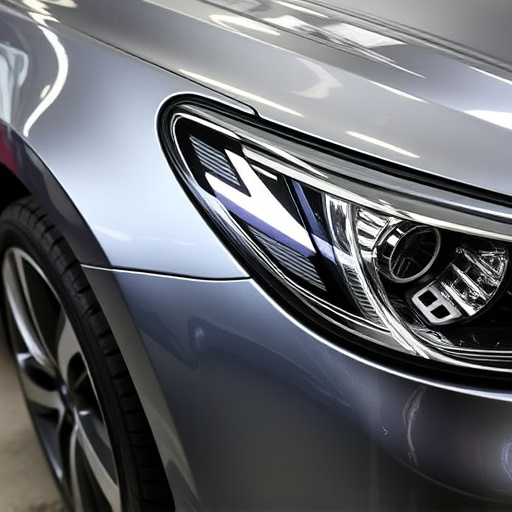
A post-repair insurance inspection is a crucial step in ensuring your satisfaction after undergoing auto bodywork or auto painting services from a reputable body shop. This process involves a detailed evaluation by an insurance adjuster or a qualified inspector to assess the quality of work performed and verify that the repair aligns with industry standards and your policy’s coverage.
The primary goal of this inspection is to protect both the insured and the service provider. It provides peace of mind for policyholders, assuring them that their claim has been handled accurately. For body shop services, it means adhering to strict guidelines to ensure the safety and longevity of the vehicle. This meticulous examination covers various aspects, including structural integrity, paint quality, and overall restoration, ensuring that your auto is restored to its pre-accident condition or better.
Steps to Effectively Conduct a Post-Repair Insurance Inspection
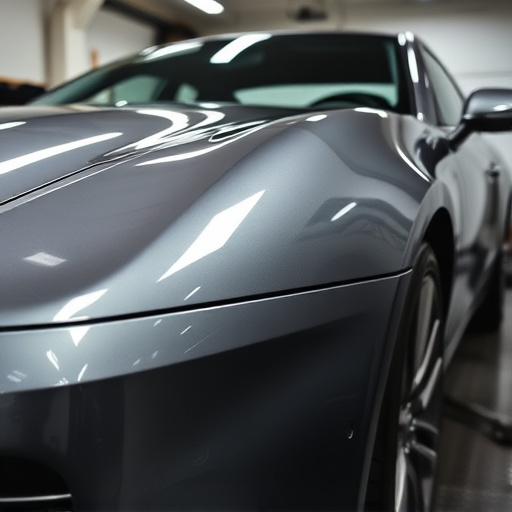
After the repairs are complete, conducting a thorough post-repair insurance inspection is crucial to ensure the work aligns with your policy’s coverage and expectations. Begin by scheduling an appointment with your insurance provider or a designated inspector. During the inspection, have all relevant documents and records ready, including the initial damage assessment and repair estimates.
Inspect every aspect of the repaired vehicle, focusing on both cosmetic and structural elements. This includes examining paint jobs, auto body painting techniques, and overall aesthetics to ensure they meet industry standards. For collision repair services, check for proper alignment, replacement parts’ quality, and the overall functionality of all systems. Pay special attention to any pre-existing damage or discrepancies that might have occurred during the repair process. Documenting these findings is essential, as it provides a clear record for future reference and claims resolution.
Benefits and Common Challenges of Post-Repair Insurance Inspection

The post-repair insurance inspection process offers several advantages for policyholders looking to ensure the quality of their vehicle repairs. During this thorough evaluation, an independent inspector assesses the work performed by the repair shop, verifying that the repairs align with industry standards and manufacturer specifications. This step is particularly beneficial for complex or costly repairs, such as those involving bumper repair, auto glass replacement, or extensive body work, ensuring customers receive compensation for accurate and complete work.
While post-repair insurance inspections are valuable tools, they also present certain challenges. One common issue is scheduling conflicts, as both policyholders and insurers might have busy schedules, making it difficult to find a convenient time for the inspection. Additionally, there may be disagreements between the inspector’s findings and the repair shop’s work, leading to delays in claim settlement or discussions about the scope of repairs. However, with clear communication and proactive planning, these challenges can be mitigated, allowing policyholders to navigate their claims effectively and receive appropriate compensation for their vehicle’s post-repair condition.
A post-repair insurance inspection is an invaluable process that ensures the quality of repairs and safeguards both policyholders and insurers. By following the outlined steps and understanding its benefits, you can effectively manage your claim and maintain a transparent relationship with your insurance provider. Remember, this meticulous approach to inspections fosters trust and encourages fair practices in the claims settlement process, ultimately facilitating a smoother recovery experience for all parties involved.
